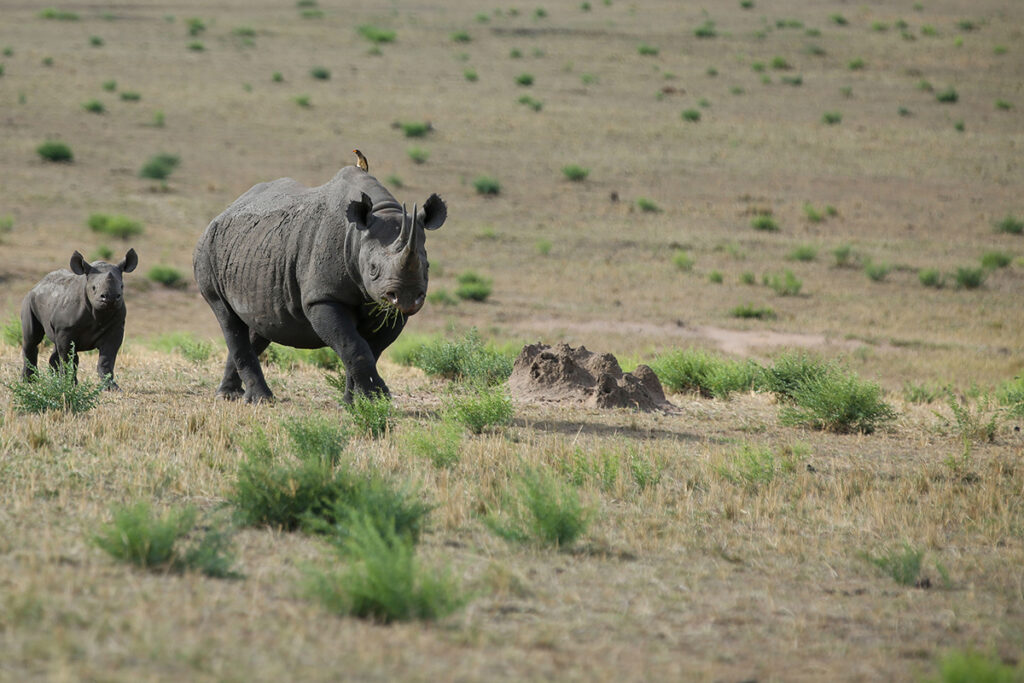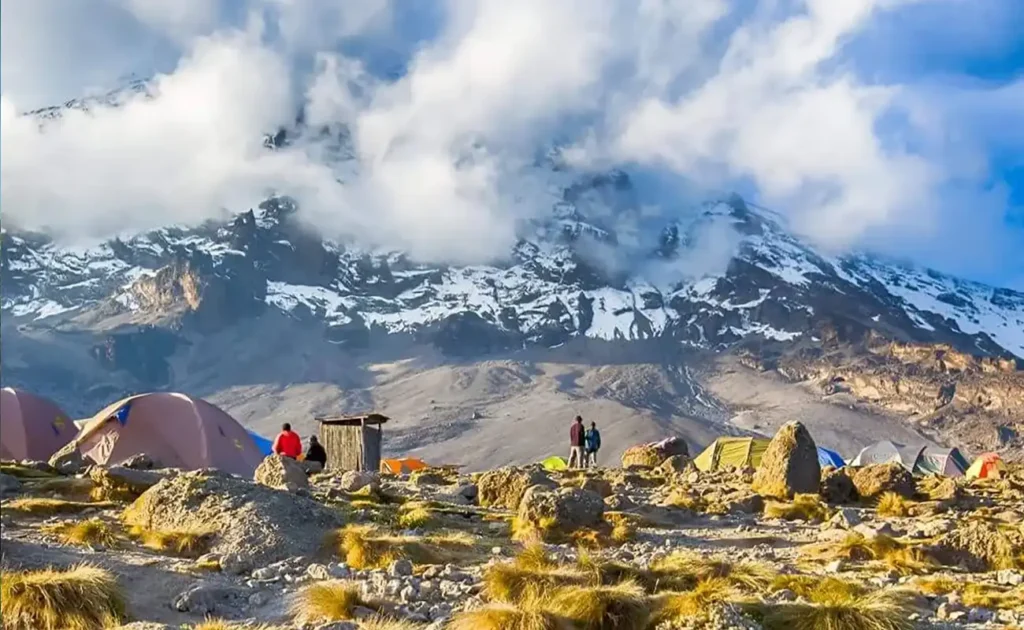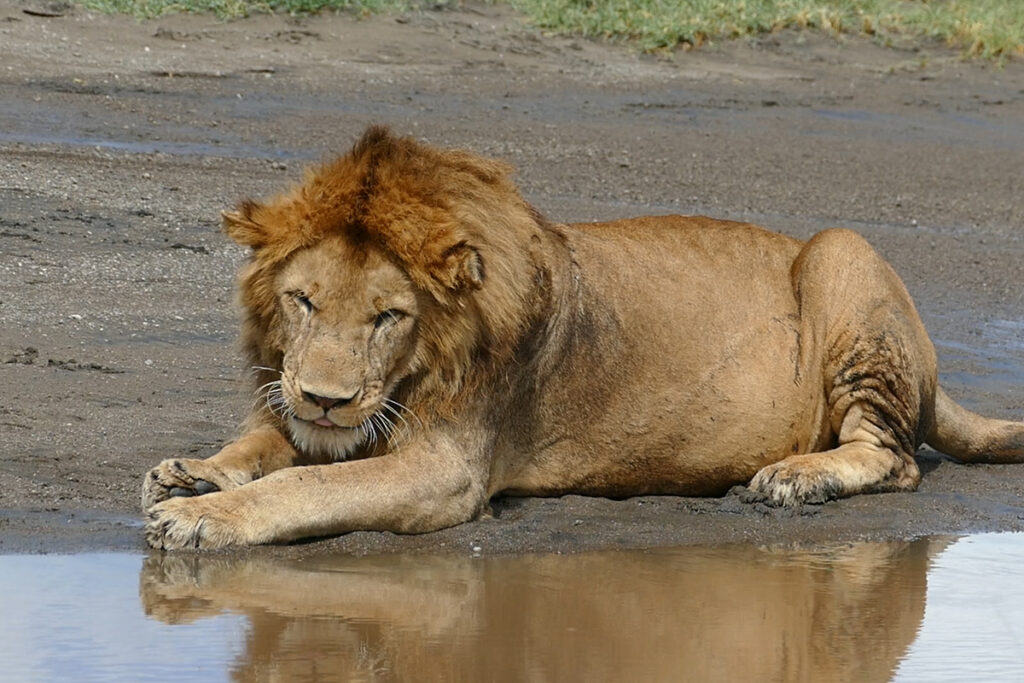Every year, millions of wildebeests embark on the Great Migration, a breathtaking phenomenon that stirs wonder and awe. Have you ever considered the challenges of booking a safari to witness this event up close? Timing is crucial and can make all the difference in your experience.
Planning your safari around the Great Migration requires understanding its cyclical nature. The migration spans various months and regions, with peak viewing opportunities typically from July to October. Experts recommend booking at least a year in advance to secure prime spots and accommodations, ensuring a front-row seat to one of nature’s grandest displays.

Optimal Timing for Booking a Great Migration Safari with Sia Yangu Safari
Choosing the best time for a Great Migration safari with Sia Yangu Safari can greatly impact your experience. The migration events occur year-round, but July to October marks the peak viewing period. This window offers the most dramatic river crossings. Booking at least a year in advance is often recommended. This ensures you secure the best accommodations and vantage points.
According to this post, the wildebeests move through the Serengeti in a clockwise manner, sweeping across Kenya and Tanzania. These movements depend heavily on weather patterns and food availability. Therefore, understanding the migration timeline is crucial. Sia Yangu Safari experts help guide you in planning. This ensures you capture these awe-inspiring moments.
From December to March, the herds are usually in the southern Serengeti. This is calving season, which means many newborns and heightened predatory action. It’s a fantastic opportunity for photographers. Capturing the circle of life during this time is quite magical. You’ll need to book well ahead to join this unique spectacle.
April to June sees the herds moving northwards. This transition period might not be as tumultuous as river crossings, but it offers serene views of the savannah. Booking early for this window can still secure great wildlife interaction. Always consult the Sia Yangu Safari guides. They provide insights for a memorable adventure.
Understanding Seasonal Patterns and Migratory Routes
The Great Migration is a year-round phenomenon driven by the search for fresh grazing. The wildebeest journey through Tanzania’s Serengeti National Park and Kenya’s Masai Mara. They follow a circular path dictated by rain patterns and food availability. This epic migration involves about 1.5 million wildebeests. Thousands of zebras and gazelles join them on this arduous trek.
From December to March, the herds congregate in the southern Serengeti. This is the calving season, a crucial time when up to 400,000 calves are born within just a few weeks. The abundance of new life attracts numerous predators. This creates spectacular opportunities for witnessing predator-prey interactions. It’s a period marked by both beauty and danger.
Come April, the herds start moving northwards towards the central Serengeti. By June, they approach the Western Corridor. Here, they face their first major challenge: crossing the crocodile-infested Grumeti River. According to the article, this perilous crossing can often be the determining factor for survival. Witnessing this event is a highlight for many safari-goers.
As the herds enter Kenya’s Masai Mara between July and October, they encounter the Mara River—a second daunting obstacle. The crossing here is both thrilling and nerve-wracking. It’s one of the most dramatic displays of the Great Migration. To experience this, it’s advisable to plan your safari dates accordingly. Consulting safari experts helps ensure you’re at the right place at the right time.
Factors Influencing the Great Migration Experience
Weather is a major factor influencing the Great Migration experience. The rains trigger the movement of the herds. Dry spells and unexpected weather changes can impact the migration routes. These shifts in patterns might affect where and when you can see the wildlife. Planning your safari with expert guidance becomes crucial.
Predator activity also plays a vital role. The presence of lions, hyenas, and crocodiles adds an element of excitement and danger. Seasonal patterns affect predator locations, which in turn influence where herds move. Observing these predator-prey dynamics is a key attraction. It’s essential to time your visit to maximize these sightings.
The availability of water and grasslands is another crucial factor. During the dry season, herds migrate toward permanent water sources. This concentration makes specific regions hotspots for wildlife viewing. Conversely, during the wet season, the dispersal is more widespread. This can make sightings less predictable but still rewarding.
Human factors, particularly tourism and park management, can also impact the experience. Well-regulated safari tourism helps preserve natural habitats and ensures minimal disruption. Understanding park regulations and choosing responsible safari operators can enhance your trip. Sia Yangu Safari provides well-guided tours that respect these regulations. This makes for a more authentic and sustainable experience.



